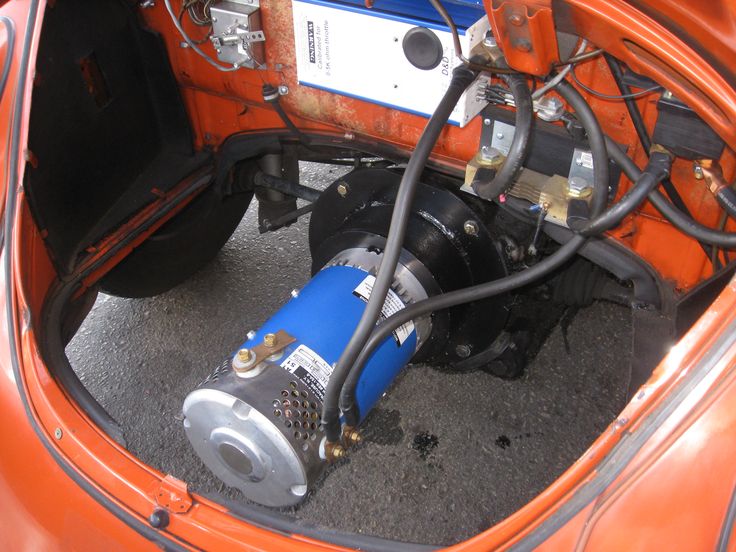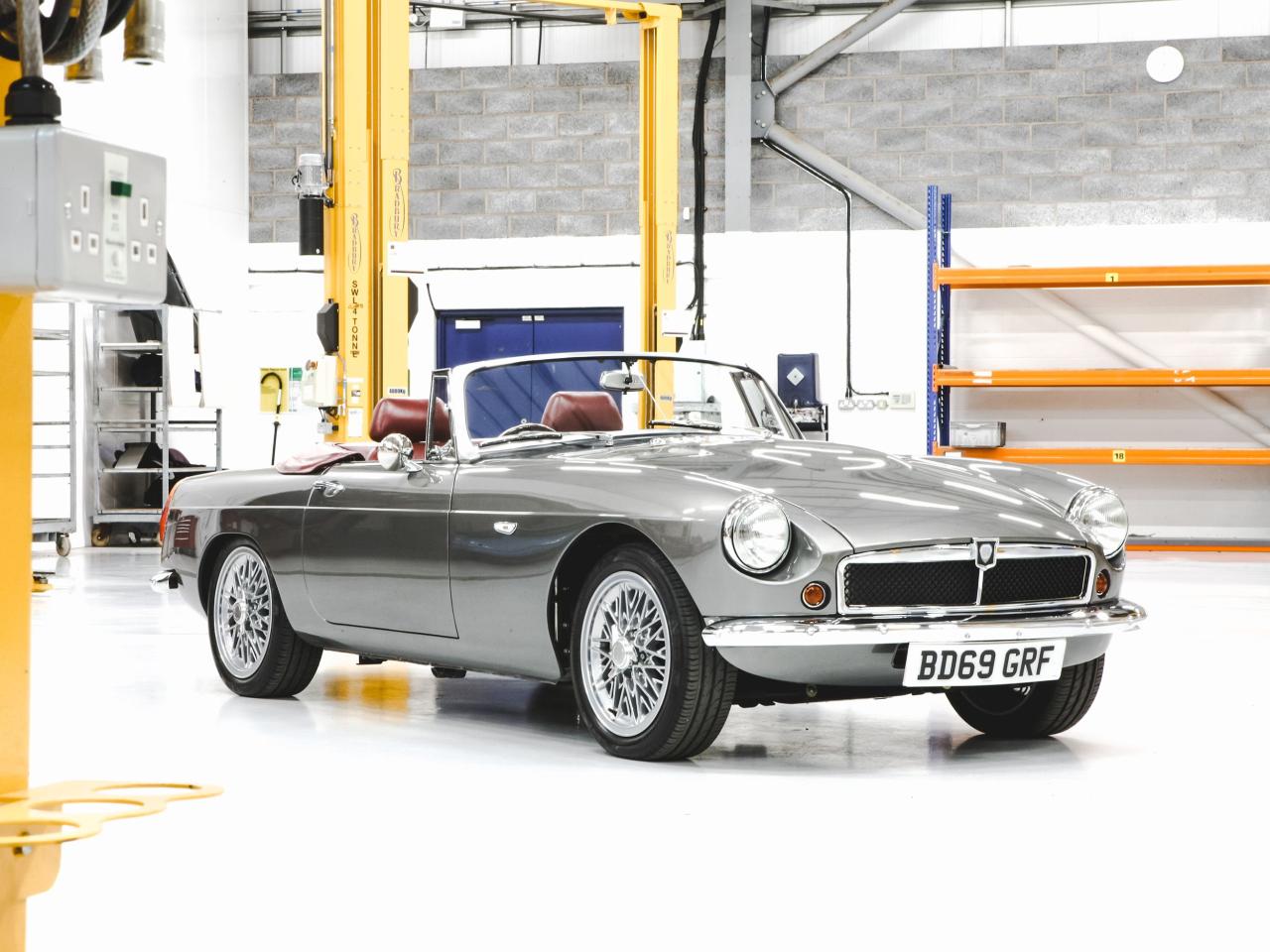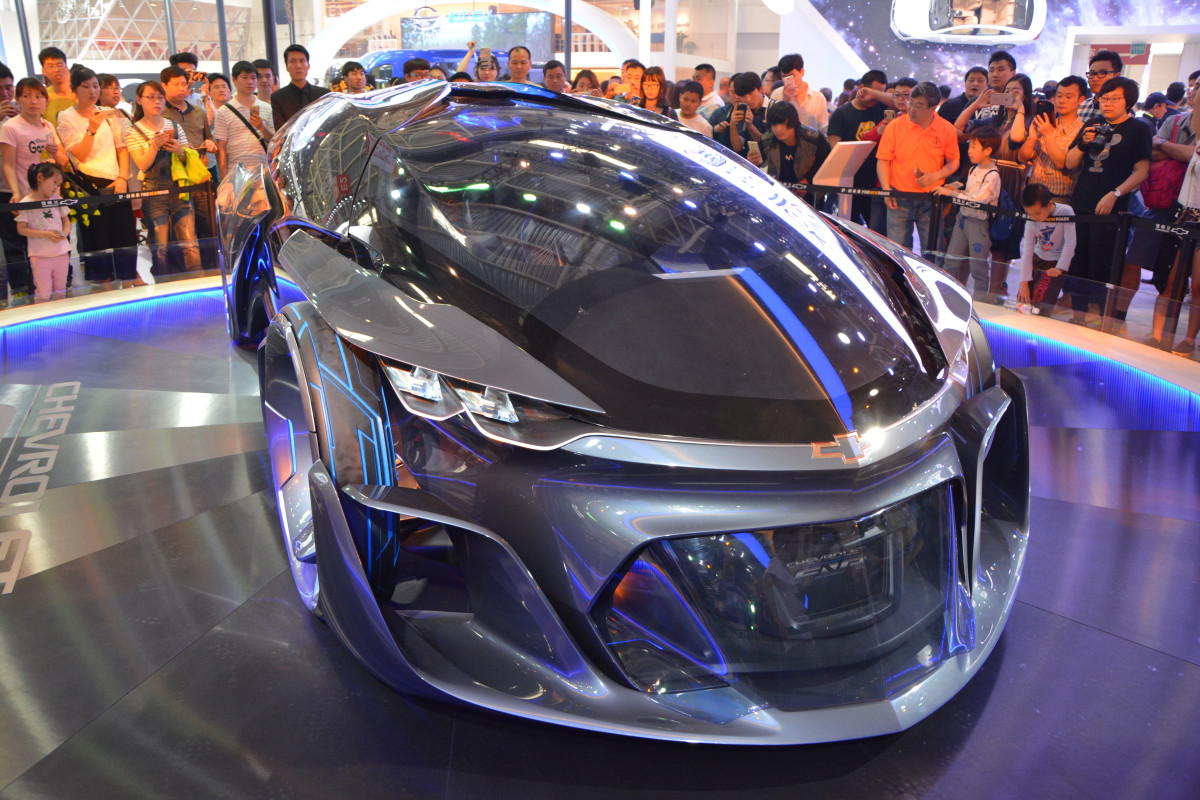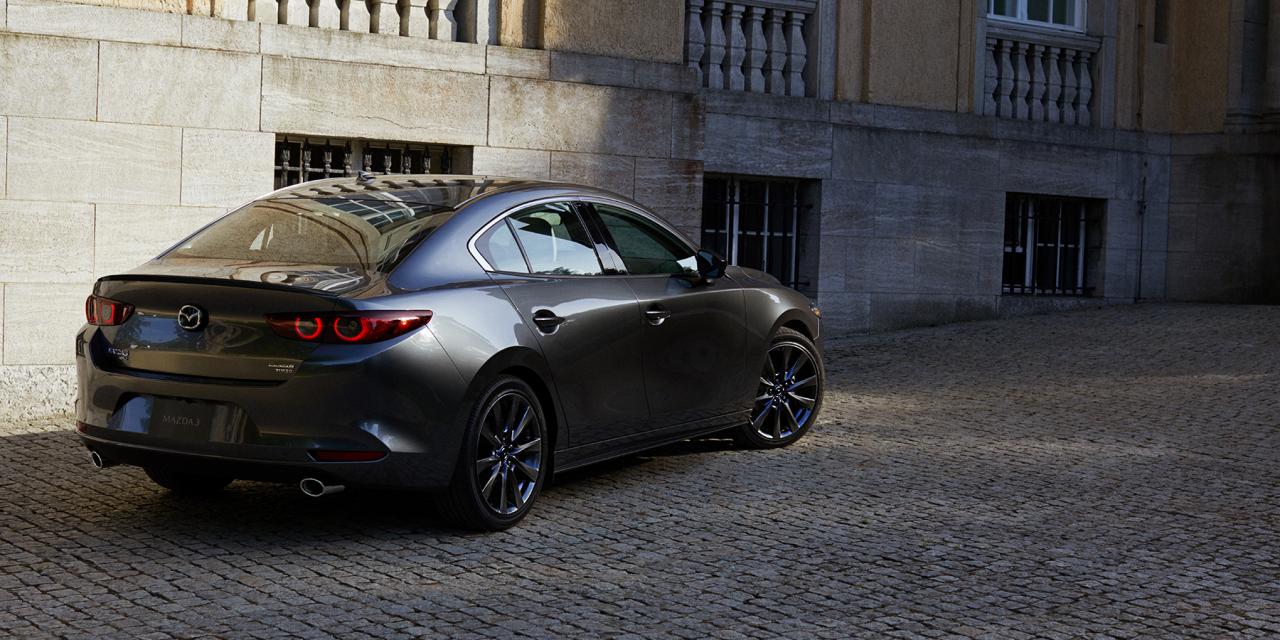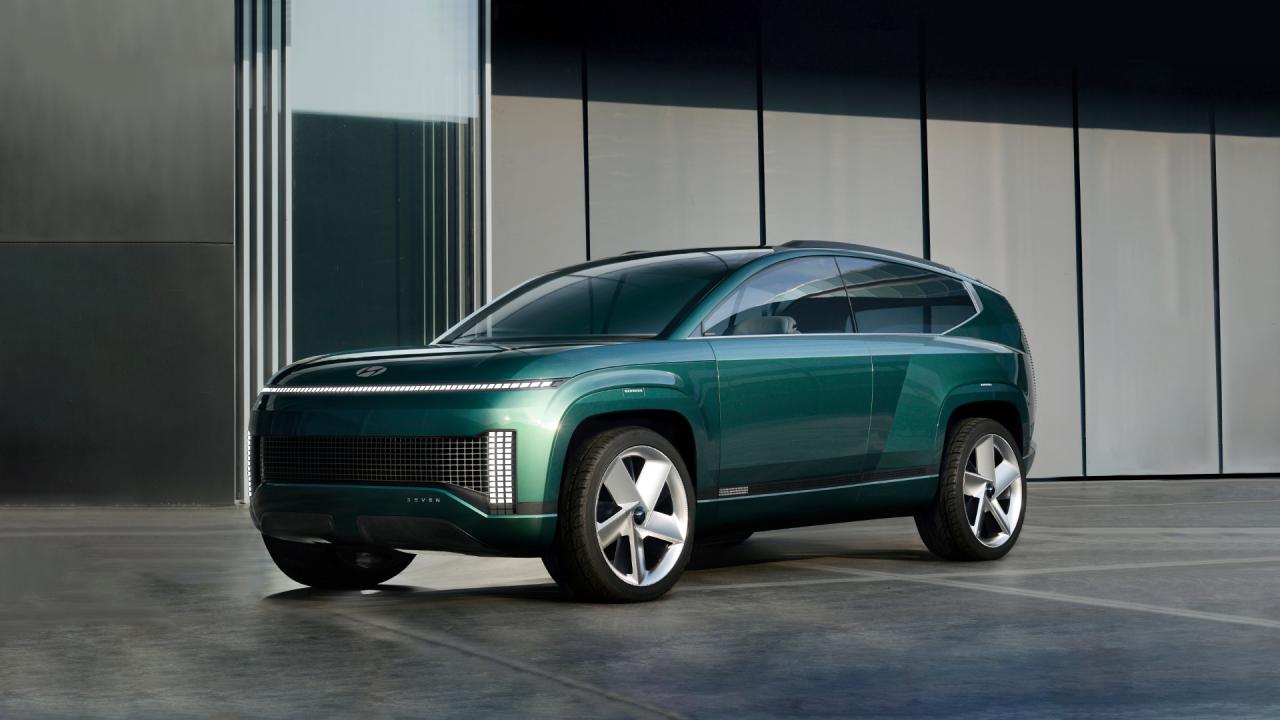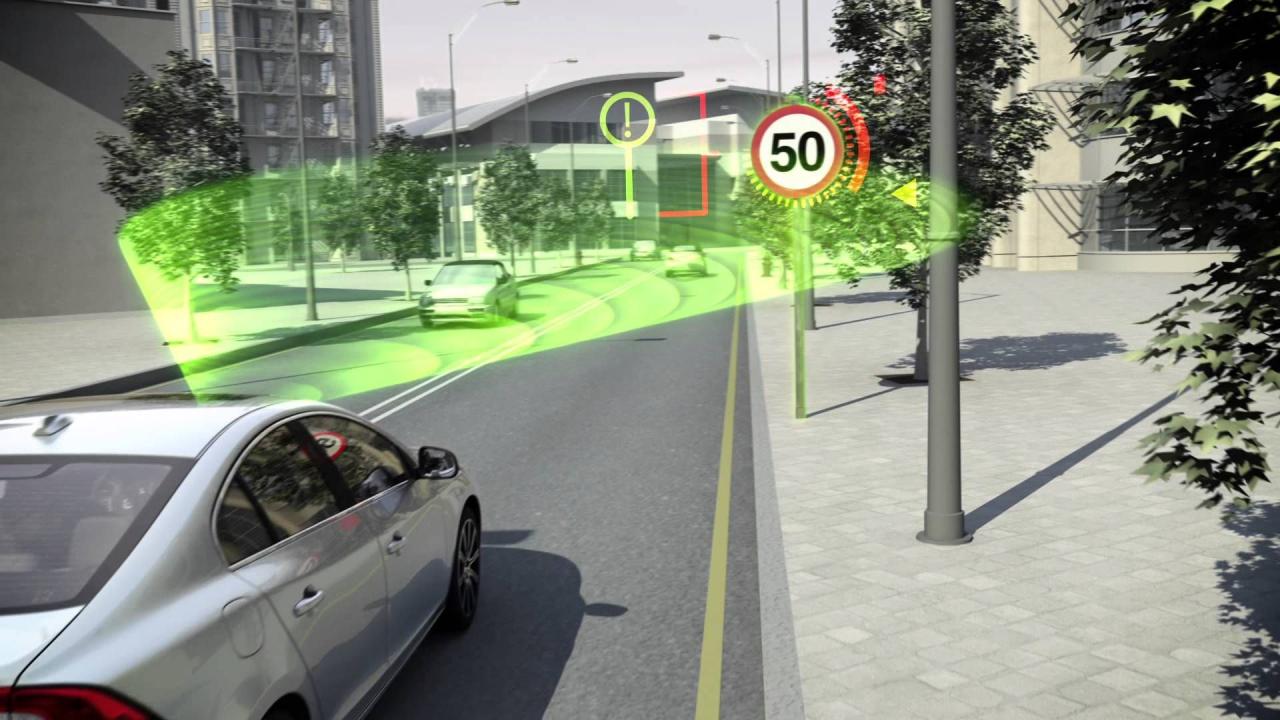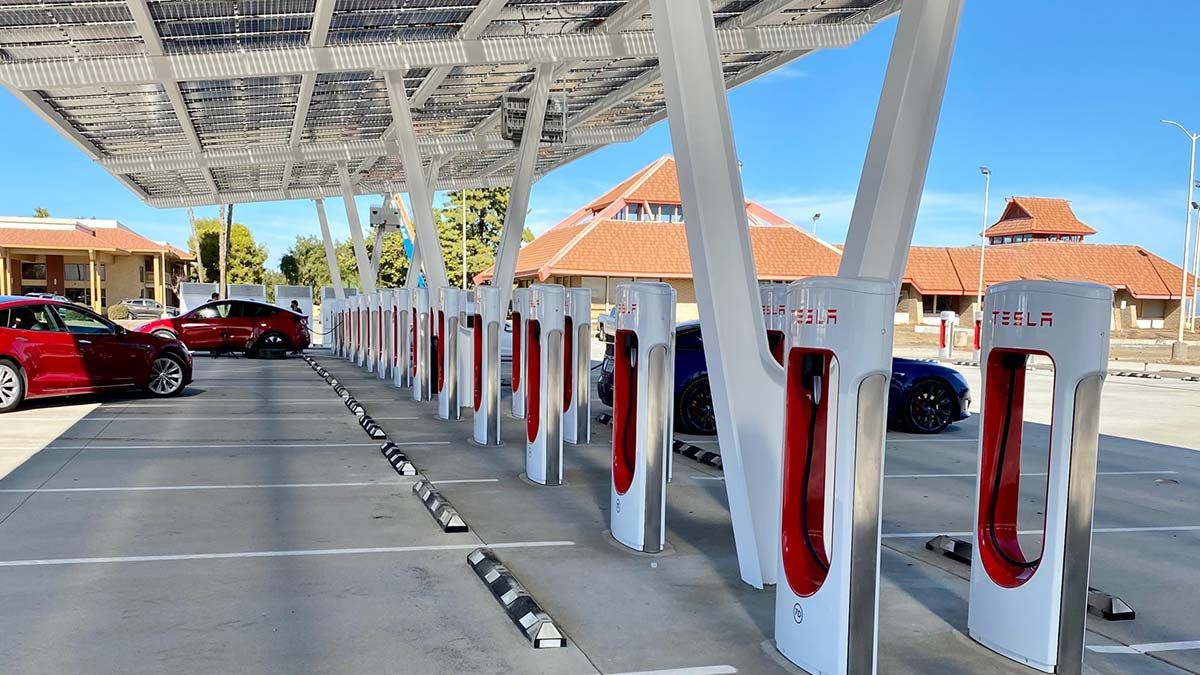Vintage Beauty, Modern Power: A Silent Revolution
The allure of a classic car is undeniable. It’s a blend of timeless design, nostalgic charm, and a tangible connection to automotive history. Yet, in an increasingly electrified world, the rumble of a gasoline engine, once its defining characteristic, now faces scrutiny regarding emissions, reliability, and maintenance complexity. Enter the burgeoning trend of classic cars going electric – a fascinating movement that marries vintage aesthetics with modern, sustainable powertrains. This isn’t just about reducing a carbon footprint; it’s about future-proofing beloved icons, enhancing their usability, and creating a unique driving experience that blends the best of both worlds. It’s a silent revolution, offering a pathway for these cherished vehicles to thrive in an era where internal combustion engines may eventually become relics of a bygone past.
The Genesis of a Trend: Preserving Heritage with a Future
For decades, classic car enthusiasts have passionately maintained their vintage vehicles, preserving them in their original glory. The very idea of altering a classic by replacing its original engine was, for many purists, nothing short of sacrilege. However, as the world moved decisively towards electrification, driven by environmental concerns, urban emission zones, and advancements in battery technology, a new pragmatic perspective began to emerge.
The initial spark for classic car electrification often came from individual enthusiasts and specialized workshops. They recognized a growing dilemma: how to enjoy their vintage cars in cities increasingly restricting internal combustion engines, or how to ensure the long-term viability of vehicles whose original parts were becoming scarce and costly to maintain. The first conversions were experimental, often bespoke projects. But as technology matured and the benefits became clearer, the movement gained traction. It transitioned from a niche hobby to a recognized, albeit still specialized, segment of the automotive industry. This movement isn’t about erasing history; it’s about adding new chapters, ensuring that these automotive masterpieces can continue to be driven, admired, and cherished for generations to come, adapting to a future that demands cleaner, quieter, and more efficient forms of transport.
The Technical Transformation: Heart Transplant and Beyond
Converting a classic car to electric power is a far more intricate process than simply swapping out an engine. It involves a holistic re-engineering of the vehicle’s powertrain and often requires significant structural modifications to accommodate new components while maintaining the car’s original balance and character.
A. Donor Components: The Electric Core. i. Electric Motor: The heart of the conversion. Often, a single, powerful electric motor replaces the original internal combustion engine. These motors can be sourced from various origins: purpose-built automotive electric motors, industrial electric motors adapted for vehicle use, or even salvaged motors from crashed modern EVs (though this is less common for high-end conversions). The motor’s size, power output, and torque characteristics are carefully selected to match the classic car’s weight, performance expectations, and packaging constraints. Modern electric motors deliver instant torque, leading to surprisingly brisk acceleration, even for older, heavier vehicles. ii. Battery Pack: This is typically the most challenging component to integrate due to its size, weight, and thermal management requirements. Lithium-ion battery modules (similar to those found in modern EVs) are most common due to their energy density. The modules are carefully arranged within the classic car’s chassis, often in spaces previously occupied by the fuel tank, transmission tunnel, or even under the hood, to maintain optimal weight distribution. Bespoke battery enclosures are fabricated to protect the cells and provide necessary cooling or heating for optimal performance and longevity. The capacity of the battery pack dictates the car’s electric range. iii. Inverter (Power Electronics): This crucial component converts the direct current (DC) stored in the battery pack into alternating current (AC) to power the electric motor. It also manages the flow of power during regenerative braking. The inverter needs to be precisely matched to the motor and battery, and its placement often requires careful consideration of cooling. iv. Onboard Charger: Converts AC electricity from a charging station or wall outlet into DC to recharge the battery pack. Its size and charging rate depend on the desired charging speed (e.g., Level 2 AC charging, DC fast charging).
B. Drivetrain Integration: Connecting Old and New. i. Transmission Options: Some conversions retain the original manual transmission, allowing the driver to still shift gears, which can be appealing to purists who enjoy the tactile engagement. However, most electric motors have a very wide and flat torque curve, making multi-gear transmissions largely unnecessary. Many conversions therefore opt for a single-speed direct drive or a very simple reduction gear, simplifying the drivetrain and improving efficiency. ii. Prop Shaft and Differential: If the original transmission is removed, a custom prop shaft may be needed to connect the electric motor (which can be mounted directly to the differential or centrally) to the original differential and rear axle, preserving the car’s original drive layout. iii. Motor Mounting: Custom motor mounts are fabricated to securely integrate the new electric motor into the existing chassis structure, often requiring reinforcement of the frame.
C. Chassis and Structural Considerations: Maintaining Integrity. i. Weight Distribution: A critical aspect. Electric batteries are heavy. Engineers meticulously plan the placement of battery modules to maintain or even improve the classic car’s original weight distribution. For front-engine cars, batteries might be placed in the rear, creating a more balanced setup. ii. Reinforcement: The chassis may need reinforcement to handle the increased torque of an electric motor or to safely house the heavy battery pack, particularly during a collision. This involves adding structural members or modifying existing ones. iii. Cooling Systems: While electric powertrains don’t generate exhaust heat, they do produce heat in the batteries and motor/inverter, requiring liquid cooling systems. Radiators, pumps, and cooling lines must be integrated discreetly into the existing vehicle architecture.
D. Ancillary Systems and Modernization: Beyond Propulsion. i. Braking System Upgrade: The instantaneous torque of electric motors and the added weight of batteries often necessitate an upgrade to the braking system, typically incorporating modern disc brakes, larger calipers, and potentially a regenerative braking system that recovers energy. ii. Power Steering and HVAC: Original mechanical power steering and heating/ventilation/air conditioning (HVAC) systems often relied on the internal combustion engine. These must be replaced with electrically driven components, requiring new wiring and integration. iii. Instrumentation: Original analog gauges can often be retrofitted to display electric-specific information (e.g., battery state of charge, motor temperature), or subtle digital displays can be integrated to provide modern data while preserving the classic aesthetic. iv. Charging Port Integration: A charging port, compatible with modern EV charging standards, is seamlessly integrated into the car’s exterior, often discreetly hidden behind a fuel flap or a custom panel. v. Safety Systems: While not adding modern active safety systems (like ABS or airbags) in most cases, ensuring the high-voltage electrical system is safe, properly insulated, and includes emergency cut-offs is paramount.
The Allure of Electrified Classics: Why Convert?
The growing popularity of electric classic conversions is driven by a confluence of practical advantages, enhanced usability, and a fresh appeal to a new generation of enthusiasts.
A. Future-Proofing and Environmental Compliance: i. Access to Emission Zones: With a growing number of cities implementing Low Emission Zones (LEZ) or Ultra Low Emission Zones (ULEZ) that restrict or charge for internal combustion engine vehicles, an electric conversion allows classic cars to continue to be driven legally and freely in urban environments where they might otherwise be banned. This is a significant factor for urban classic car owners. ii. Reduced Carbon Footprint: For environmentally conscious owners, converting to electric power aligns their passion with their values, significantly reducing tailpipe emissions to zero. While the electricity source still matters, the direct environmental impact of the vehicle’s operation is vastly improved. iii. Long-Term Viability: As the world moves away from fossil fuels, ensuring a classic car’s ability to operate on readily available energy sources becomes crucial for its long-term relevance and enjoyment.
B. Enhanced Usability and Driving Experience: i. Reliability and Reduced Maintenance: Classic cars, despite their charm, can be notoriously unreliable and require constant tinkering. Electric powertrains, with far fewer moving parts (no oil changes, spark plugs, or complex exhaust systems), offer vastly improved reliability and significantly reduced maintenance requirements, leading to more time driving and less time in the garage. ii. Modern Performance: Electric motors deliver instant, silent torque, providing surprisingly swift acceleration that can often surpass the original vehicle’s performance. This transforms the driving dynamics, making the car feel surprisingly modern and responsive, especially in city driving. iii. Quiet and Smooth Operation: The near-silent operation of an electric powertrain, free from vibrations and exhaust noise, offers a remarkably serene driving experience, allowing occupants to appreciate the classic car’s design, interior, and the surrounding environment in a new way. iv. Improved Daily Drivability: With modern batteries and charging infrastructure, electrified classics become far more practical for daily use or longer journeys, without the fear of breakdown or the need to constantly monitor oil levels and engine temperatures.
C. Aesthetic Preservation and Customization: i. Retaining Original Aesthetics: A core principle of most conversions is to maintain the classic car’s original exterior and interior appearance. The conversion is designed to be as discreet as possible, preserving the iconic lines and vintage charm that make the car special. The charging port is often hidden ingeniously. ii. Personalized Projects: For many enthusiasts, the conversion process itself is a deeply personal project, allowing for unique customization and a blend of past and future. It’s an expression of individual taste and technological curiosity. iii. New Kind of Collectibility: While some purists may not agree, electrified classics are developing their own unique collectibility. They represent a new chapter in automotive history – a bridge between eras – appealing to a new generation of collectors who value sustainability and modern drivability alongside heritage.
D. Reduced Running Costs: i. Cheaper “Fuel”: Electricity is generally cheaper per mile than gasoline, especially if charging at home with off-peak rates or using public charging infrastructure. ii. Lower Road Tax/Vehicle Fees: In many regions, electric vehicles benefit from reduced or no road tax, congestion charges, or other ownership fees, providing further financial incentives.
Challenges and Considerations: Navigating the Conversion Process
Despite the compelling advantages, converting a classic car to electric power is not without its significant challenges and important considerations.
A. Cost of Conversion: i. High Initial Investment: A professional, high-quality electric classic conversion can be very expensive, often ranging from tens of thousands to hundreds of thousands of dollars, depending on the complexity of the vehicle, the desired range, and the components used. This investment can sometimes exceed the market value of the original classic car. ii. Specialized Labor: The process requires highly specialized engineering expertise, custom fabrication, and meticulous attention to detail, contributing significantly to labor costs.
B. Technical Complexity and Engineering Hurdles: i. Packaging Challenges: Integrating large, heavy battery packs and electric motors into chassis originally designed for compact gasoline engines and fuel tanks is a major engineering feat, requiring creative solutions to maintain structural integrity and weight distribution. ii. Thermal Management: Managing the heat generated by battery packs and electric motors, especially under performance driving, is critical for safety and longevity. Designing efficient and discreet cooling systems within a classic car’s limited space is a significant challenge. iii. Software and Integration: The new electric powertrain requires sophisticated battery management systems (BMS), motor controllers, and software to seamlessly integrate with the car’s existing systems, manage power flow, and provide accurate feedback. This often involves bespoke software development.
C. Ethical and Purity Debates: i. Originality vs. Modernity: For many traditional classic car collectors, the core value of a vintage vehicle lies in its originality and historical authenticity. Modifying the powertrain fundamentally alters this, leading to ongoing debates within the enthusiast community about the “purity” of a converted classic. ii. Market Value Impact: While some electrified classics are gaining value, others may see their value diminished in the eyes of purists. The long-term impact on the classic car market is still evolving.
D. Regulations and Safety Standards: i. Lack of Standardized Regulations: As a relatively new field, regulations specifically governing electric classic conversions are still nascent or non-existent in many jurisdictions. This creates uncertainty regarding safety certifications, roadworthiness, and registration. ii. High Voltage Safety: Working with high-voltage electrical systems (often 400V or 800V) in a custom-built vehicle requires expert knowledge and adherence to strict safety protocols to prevent electrocution hazards during conversion, maintenance, and in the event of an accident.
E. Range Anxiety and Charging Infrastructure: i. Limited Range: Due to the physical constraints of classic car chassis, the size of battery packs that can be integrated is often smaller than in purpose-built modern EVs, leading to more limited driving ranges. This can be a concern for long-distance travel. ii. Charging Access: While charging infrastructure is expanding, it’s still not as ubiquitous as gasoline stations. Planning routes and ensuring access to charging points remain considerations for owners of electrified classics.
Key Players and Notable Conversions: Leading the Charge
The classic car electrification movement is being spearheaded by a growing number of specialized companies and passionate individuals, each contributing to its evolution.
A. Lunaz Design (UK): A prominent name, specializing in high-end, meticulously engineered electric conversions for Rolls-Royce, Bentley, Range Rover, and Aston Martin models. They are known for their absolute attention to detail, restoring the cars to concours-level before integrating bespoke electric powertrains.
B. Electric GT (USA): Offers “crate motor” style electric powertrains and kits designed for classic car conversions, alongside full bespoke conversions. They focus on modular, adaptable solutions for a wide range of vehicles.
C. Everrati (UK): Specializes in high-performance electric conversions of iconic sports cars like the Porsche 911 (964 generation), Mercedes-Benz SL, and Land Rover Defender, emphasizing a reversible conversion process to preserve originality.
D. Zeus Electrics (USA): Known for their conversions of classic American muscle cars and trucks, showcasing how electric power can transform vintage powerhouses.
E. Renowned Models Undergoing Conversion: i. Porsche 911: A highly popular choice for EV conversion due to its iconic status, robust chassis, and passionate enthusiast base. ii. Jaguar E-Type: Its stunning design makes it a prime candidate, with official and aftermarket conversions offering silent elegance. iii. Land Rover Defender: Its utilitarian design and off-road capabilities are enhanced by the instant torque of an electric motor, making it surprisingly effective for overlanding. iv. Volkswagen Beetle and Bus: Beloved by a wide audience, these vehicles are often converted to electric for their simplicity and the desire for more reliable, greener daily drivers. v. Classic Mini: Its compact size presents packaging challenges but results in a nimble, zippy electric urban vehicle.
The Future of Electrified Classics: A Harmonious Coexistence
The trend of classic cars going electric is more than a fleeting fad; it’s a testament to the enduring appeal of automotive heritage and the relentless march of technological progress. As battery technology improves, costs potentially decrease, and regulations solidify, the electrified classic will likely become an increasingly mainstream option for enthusiasts.
A. Increased Standardization and Kits: We may see more standardized conversion kits and components, making the process more accessible and potentially reducing costs for a wider range of classic vehicles. B. Modular and Reversible Conversions: The emphasis on reversible conversions will likely grow, allowing owners to reinstall the original engine (if it’s preserved) should they or a future owner desire to do so, thus preserving historical integrity. C. Evolution of Enthusiast Culture: The classic car community will continue to adapt, embracing electrified classics as a legitimate and exciting sub-segment, fostering new events, races, and gatherings specifically for these unique vehicles. D. Policy and Regulation Adaptation: Governments and automotive governing bodies will need to develop clearer guidelines and regulations for EV-converted classics, ensuring safety, environmental compliance, and clear registration processes. E. Preservation of Sound (Simulated): Some conversions may explore incorporating simulated engine sounds to appeal to purists who miss the acoustic experience of a gasoline engine, perhaps through external speakers or cabin sound systems.
Ultimately, classic cars going electric represents a beautiful synthesis of past and future. It ensures that the legendary designs and engineering marvels of yesteryear can continue to be driven, enjoyed, and admired on tomorrow’s roads, providing a silent, yet powerful, statement about the enduring legacy of the automobile. It’s a journey into a future where heritage doesn’t just survive, but thrives through innovation.


